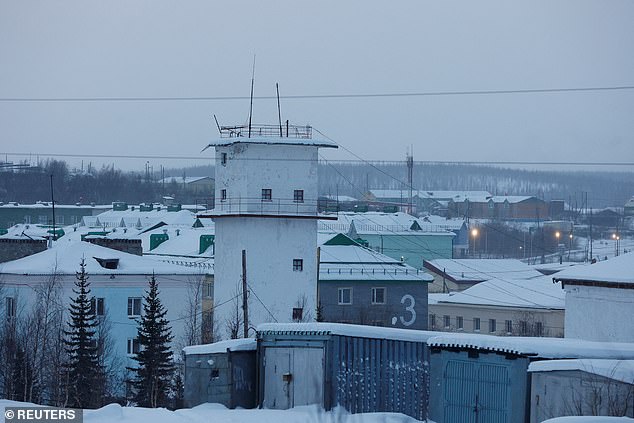Alexei Navalny spent his last days in a hellish penal colony inside the Arctic Circle, where prisoners are tortured with beatings and electric shocks.
The opposition leader died while serving a 19-year sentence in the Facility FKU IK-3, known as Polar Wolf, houses more than 1,000 of the country’s worst criminals, along with a handful of political prisoners who dared to challenge Putin’s regime.
Polar Wolf is a Soviet-era prison and considered one of the toughest in Russia.
Aside from the brutal treatment of inmates inside, the penal colony is located in the Arctic, 1,200 miles northeast of Moscowwhere temperatures drop below -25°F.
Navalny was transferred there in December from Penal Colony 6, which is 240 kilometers from Moscow. He said it took 20 days to arrive at FKU IK-3.
A view of the entrance to the penal colony in the town of Kharp, in the Yamalo-Nenetsk region, about 1,200 miles northeast of Moscow, Tuesday, Jan. 23, 2024.
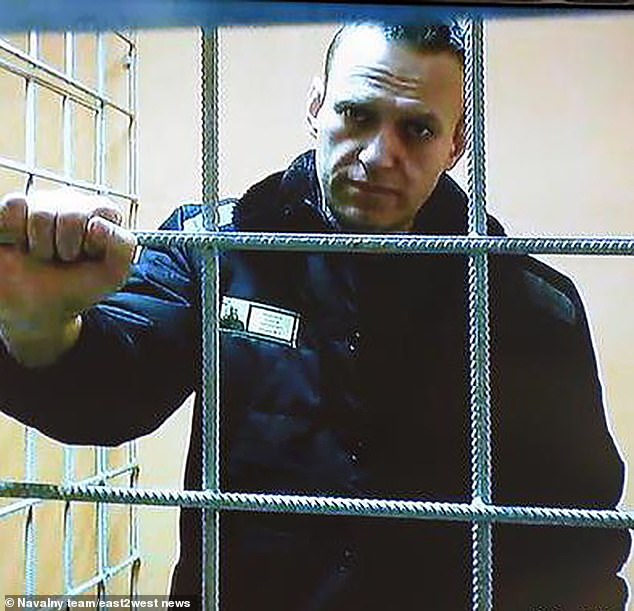
Alexei Navalny (pictured) died in the brutal FKU IK-3 penal colony, a Soviet-era prison camp.
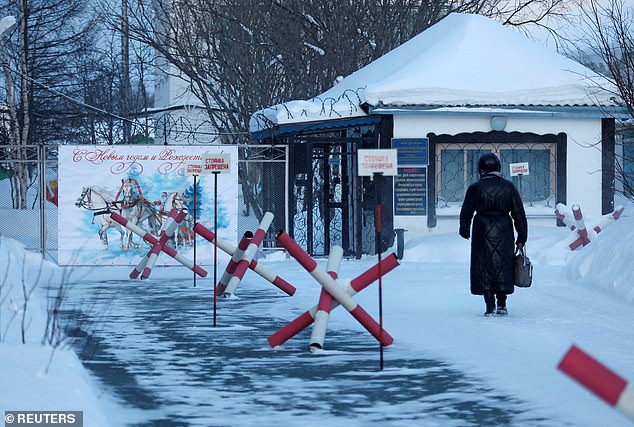
A woman walks toward the entrance to the IK-3 prison colony, where Russian opposition politician Alexei Navalny died while serving his sentence. The prison is located in the Kharp settlement in the Yamal-Nenets region.
Former inmates have described how the FKU IK-3 is designed to make prisoners feel “completely hopeless” and crush “any rebellious spirit.” The Kharp facility, which is part of the Russian Federal Penitentiary Service, has capacity for 1,085 people.
Navalny’s lawyers recently claimed that prison colony guards had attempted to “destroy Navalny’s health by all means and forces.”
Vadim Kobzev, Navalny’s lawyer, said that He had lost 7kg in weight and was “deliberately infected” with an unknown acute viral respiratory disease while in a hellish punishment cell.
Navalny “did not receive the proper medications” and was instead “treated with huge doses of antibiotics that should not have been used,” Kobzev said.
“These actions cannot be considered anything other than an open strategy to destroy Navalny’s health by all forces and means,” the lawyer said.
Other forms of punishment and torture are said to include lining up prisoners in the open air and then shooting them with a powerful water cannon.
Prisoners’ rights activist Olga Romanova recounted one inmate’s claim that, during the dead of winter, they were forced to line up outside in “light clothing” for up to 40 minutes.
They are ordered not to move and if a single person rubs their hands together to warm themselves, “the entire group is doused with water.”
‘In the spring there was new torture. Mosquitoes and biting flies. If you moved your hand, the water came. They would just spray the whole group with a water cannon,” Romanova said, according to Radio Free Europe.
About 60 kilometers (40 miles) north of the Arctic Circle, Polar Wolf was founded in the 1960s as part of what was once the Gulag system of Soviet forced labor camps, according to the Moskovsky Komsomolets newspaper.
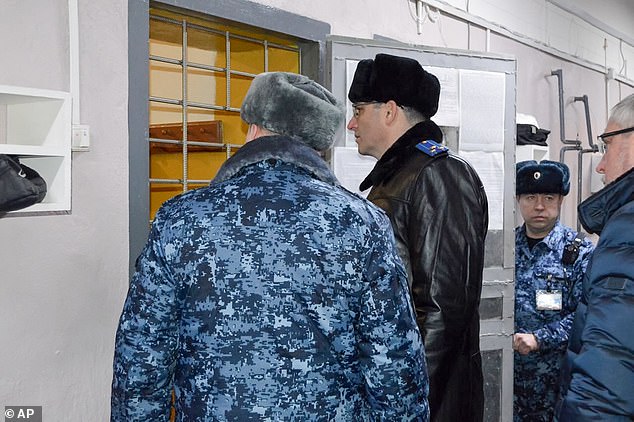
A group of officers visits the prison colony in the city of Kharp, where the temperature is expected to drop to -28°C over the next week.

A group of officers walk inside a penal colony in the town of Kharp in the Yamalo-Nenetsk region, about 1,900 kilometers (1,200 miles) northeast of Moscow.
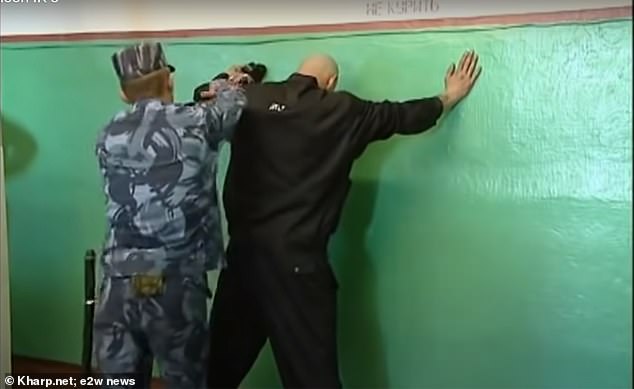
Harsh rules dating back to Soviet times dictate that prisoners’ families and lawyers are only informed of their whereabouts once they have reached their destination.
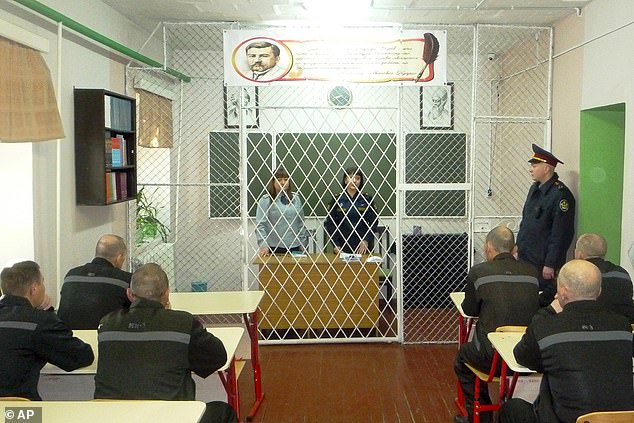
A group of prisoners sit during classes inside the penal colony where Alexei Navalny’s associates say he has been located.
Little has been reported on the general living conditions of prisoners who are not held in solitary confinement. Conditions at other facilities suggest they sleep in cramped rooms filled with cribs.
It is also unlikely that prisoners will be provided with clothing sturdy enough to withstand the frigid temperatures.
In January, Navalny joked on the Telegram messaging app about polar conditions while sarcastically quipping: “Nothing invigorates you as much as a walk around Yamal at 6:30 in the morning.”
“Even at this temperature, you can walk more than half an hour only if you can grow a new nose, new ears, and new fingers,” he wrote of the -25°F conditions.
Navalny mentioned a scene from the 2015 film, The Revenant, in which Leonardo DiCaprio takes refuge in the carcass of a horse.
“I don’t think that would have worked here. A dead horse would freeze in 15 minutes,” Navalny said. “We need an elephant here, a hot elephant, a fried one.”
The dark jokes were typical of Navalny’s refusal to give in to unimaginable adversity. He once described one of the colonies in which he was held as “a friendly concentration camp.”
The punishment cells where inmates are kept in solitary confinement are said to be small and have only a hole in the floor for a toilet.
And the concrete-walled walking yards used by prisoners are about 11 steps long, three wide and topped with metal bars.
Former inmates of similar facilities have also told how guards frequently use electric shocks and beatings.
Ukrainian filmmaker Oleh Sentsov, who was imprisoned for five years in the IK-8 “Polar Bear” prison, said: “As soon as you cross the threshold, they let you know that you are in purgatory, where you have no rights and there is no one who to complain to.
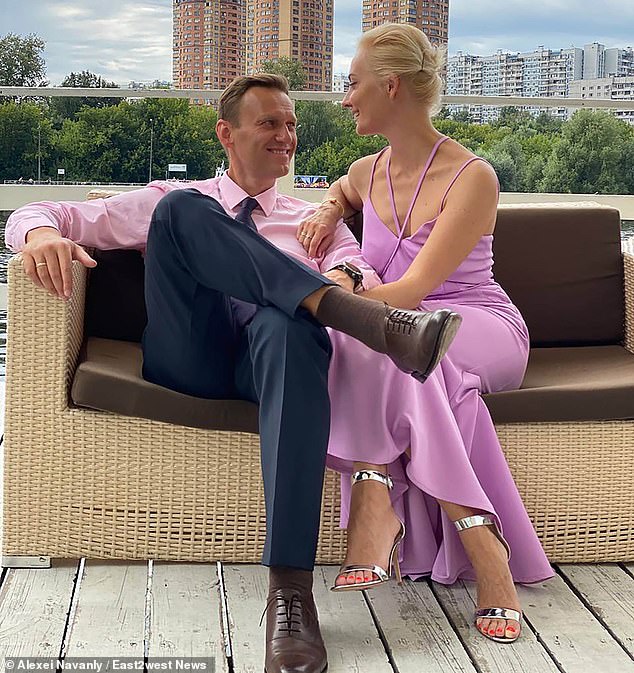
Navalny, pictured with his wife Yulia in happier times, crusaded against official corruption and organized mass anti-Kremlin protests, drawing the Kremlin’s ire.
“Beatings, humiliation, electric shocks, being held naked or in wet clothes in a cold cell… but that’s still not the worst… They can lock you in the fetal position in an iron box where you can hardly breathe and you have than to urinate on you… They routinely threaten to rape you when they are harassing you.’
In Penal Colony No. 6, where Navalny was previously detained, rapes and violence involving inmates are common, while guards were relentless in their sadism.
While Navalny was detained there, authorities punished him for minor infractions.
He was once punished for washing his hands six minutes early and another time for unbuttoning the top button of his shirt.
Since he was first jailed in January 2021, Navalny had been in and out of solitary confinement, which is often used to punish rule-breakers in the Russian prison system, both in Penal Colony No. 6 and at the Polar Wolf facilities.
After his most recent court appearance on Thursday, hours before his death, a post on Navalny’s X account said he was again ordered to remain in solitary confinement.
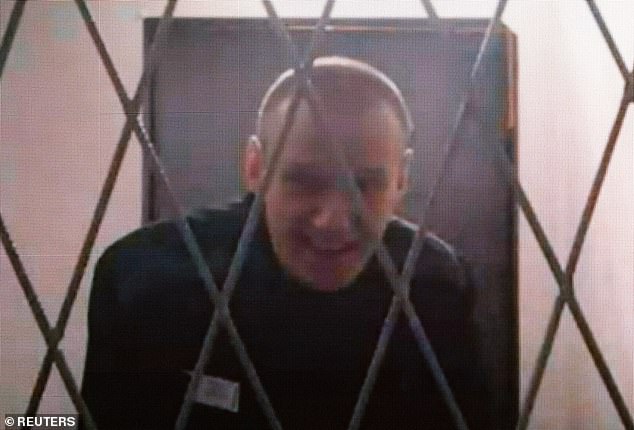
Jailed Russian opposition leader Alexei Navalny has died, the prison service of the Yamalo-Nenets region, where he was serving his sentence, said on Friday.

Russian media announced Navalny’s death, citing the Siberian prison service where he was serving his sentence, sparking shock and anger around the world, and world leaders quickly pointed the finger at Russian President Vladimir Putin (pictured Russia today).
Online media outlet SOTA reported that Thursday’s court session was convened after an “argument” with a prison official who attempted to confiscate Navalny’s pen.
Navalny wrote later on Thursday that he had been imposed 15 days of isolation.
‘The Yamal prison decided to break Vladimir’s record of flattering and pleasing the Moscow authorities. “They just gave me 15 days of isolation,” he wrote in X.
“This is the fourth period of isolation in less than two months that I have been with them,” he added.
On one of the last occasions he was seen in early 2023, Navalny had just emerged from his 11th period of imprisonment in a 3 by 2 meter “concrete kennel”, with only a hole in the floor for a toilet.
He appeared even more emaciated and ill than usual and was suffering from a serious lung infection which he contracted after prison officials forced him to share a cell with a homeless man who suffered from a contagious respiratory condition and then refused to treat him when he became ill.


